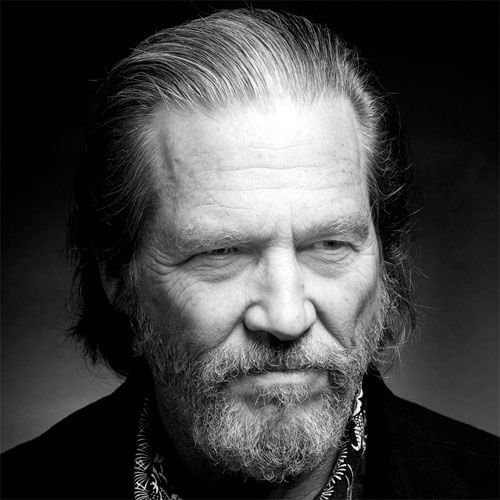Jeff Bridges is one of Hollywood's most successful actors and an Academy Award® winner. Over a career that spans five decades, his work has been recognized by the Academy Awards®, the Golden Globes, the Independent Spirit Awards, and the Screen Actors Guild. Truly passionate about photography, he makes behind-the-scenes pictures of the actors, crew and locations on his film sets. After completion of each motion picture, he edits the images into a book and gives copies to everyone involved. The books, which have become valued by collectors, were never intended for public sale, but in the fall of 2006, powerHouse Books published Pictures: Photographs by Jeff Bridges, a compilation of photos made on numerous film locations over the years, to much critical acclaim. Proceeds from the book benefit the Motion Picture & Television Fund, a nonprofit organization that offers charitable care and support to film industry workers.
Source: International Center of Photography
